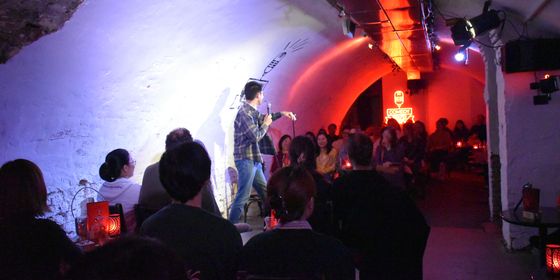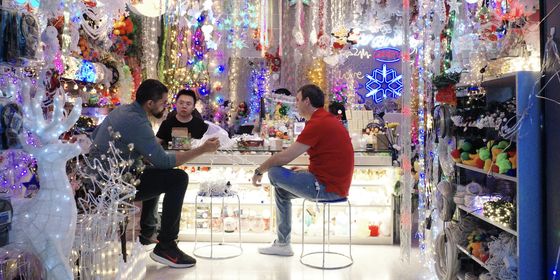Learn some key phrases from the notorious Zhejiang dialect known as the “devil’s language”
For over a decade, The World of Chinese has been offering modern Chinese-language instruction from street talk to social phenomena to character tales. With 129 officially recognized dialects (方言) in the land, though, we have barely scratched the surface of everything there is to learn.
On select Fridays, TWOC will be presenting a basic lesson on speaking like a native of a certain region of China.
Wenzhou, in China’s Zhejiang Province, is renowned for its prolific cultural contributions—and a fangyan that is not for the faint of heart.
A historic cradle of mathematics, Wenzhou (温州) is the ancestral home of a large portion of Europe’s Chinese immigrants, who are said to possess a native talent for business. It was also the only Chinese city designed by Guo Pu, the founder of feng shui, which has made Wenzhou a sought-after travel destination and given it the illustrious chengyu, “Outstanding People, Land of Wisdom” (人杰地灵).
The local dialect, on the other hand, gave rise to the proverb, “Fear not the Heavens nor the Earth, but fear the Wenzhou man speaking the Wenzhou dialect (天不怕,地不怕,就怕温州人说温州话).”
Wenzhou dialect, or Wenzhouhua, has the abrupt tonal changes, gargling glottal stops, and extended vowels that are characteristic of the Wu dialect group (which also includes Shanghainese). However, it’s also known as the “Devil’s Language” (鬼话) because it can seem unintelligible even to those who speak other Wu dialects. This is partly influenced by Wenzhou’s linguistic geography: the province is caught between the southern tip of Zhejiang’s Wu dialect zone and Fujian province’s Min zone (home to dialects such as Hokkien/Taiwanese and Fuzhounese), and bracketed by mountains.
Wenzhouhua is so unique from its Wu cousins that it’s often confused for Korean and Japanese, even by native Korean speakers. But fear not, for here are a few basic rules behind the rich Wenzhouhua heard in Europe’s Chinatowns:
- “Hello everyone” or dàjiā hǎo (大家好) becomes dao guna he, with the last word ending with a rising tone
- A number of verbs are similar to their Mandarin equivalent: “want” or xiǎng (想) becomes a toneless xie, “eat” or chī (吃) becomes qi, similar to the Wuhan dialect
- Question words are also easy to grasp. Mandarin’s ma (吗) becomes a rising mie
- The word in Wenzhounese for shenme or “what?” in Mandarin, is na se
We can combine all these words to create a quintessential Wenzhouhua sentence:
Dao guna xie qi mie? Qi na se? (大家想吃吗?吃什么?)
“Is everyone hungry? What should we eat?”
If all this collusion with the tongue of Beelzebub hasn’t led you astray, and studying Wenzhouhua remains something you really want to do, pioneering polyglot and founder of language-learning platform Glossika, Michael Campbell, has put together a Wenzhouhua course that gets you to basic fluency quickly.
But if battling the linguistic incarnation of Lucifer begins to take its toll, here are a few sample sentences—provided by a native Wenzhouhua speaker exclusively for TWOC—which will set you on your Wenzhouhua-learning journey.
1. “Hello everyone, my name is Cai Weihao, very happy to meet you all.”
Dao guna he, ng jie qie yu e, debie gesan peng jie niedan dao gunam (大家好,我叫蔡炜浩,很高兴认识你们大家)
2. “Have you eaten yet? Where are you going? I’ll go with you.”
Ni qi guo mie? Nan ga nin ki nia gou, ng da ni yiqi kei(你吃了没?你去哪儿,我跟你一起过去)
3. “The weather is pretty good today. What do you want to eat? How about I take you there?”
Geinei tieqi debie he, ni xie qi na se, ng da ni yiqi kei (今天天气特别好,你想吃什么,我带你一起去?)
4. “Let’s leave it at that for today; I’m going now. I’ll be back tomorrow.”
geinei youxie nanyanr, ng xie jiao ba, manjue zai lei (今天就先这样吧,我先走了,明天再来)












